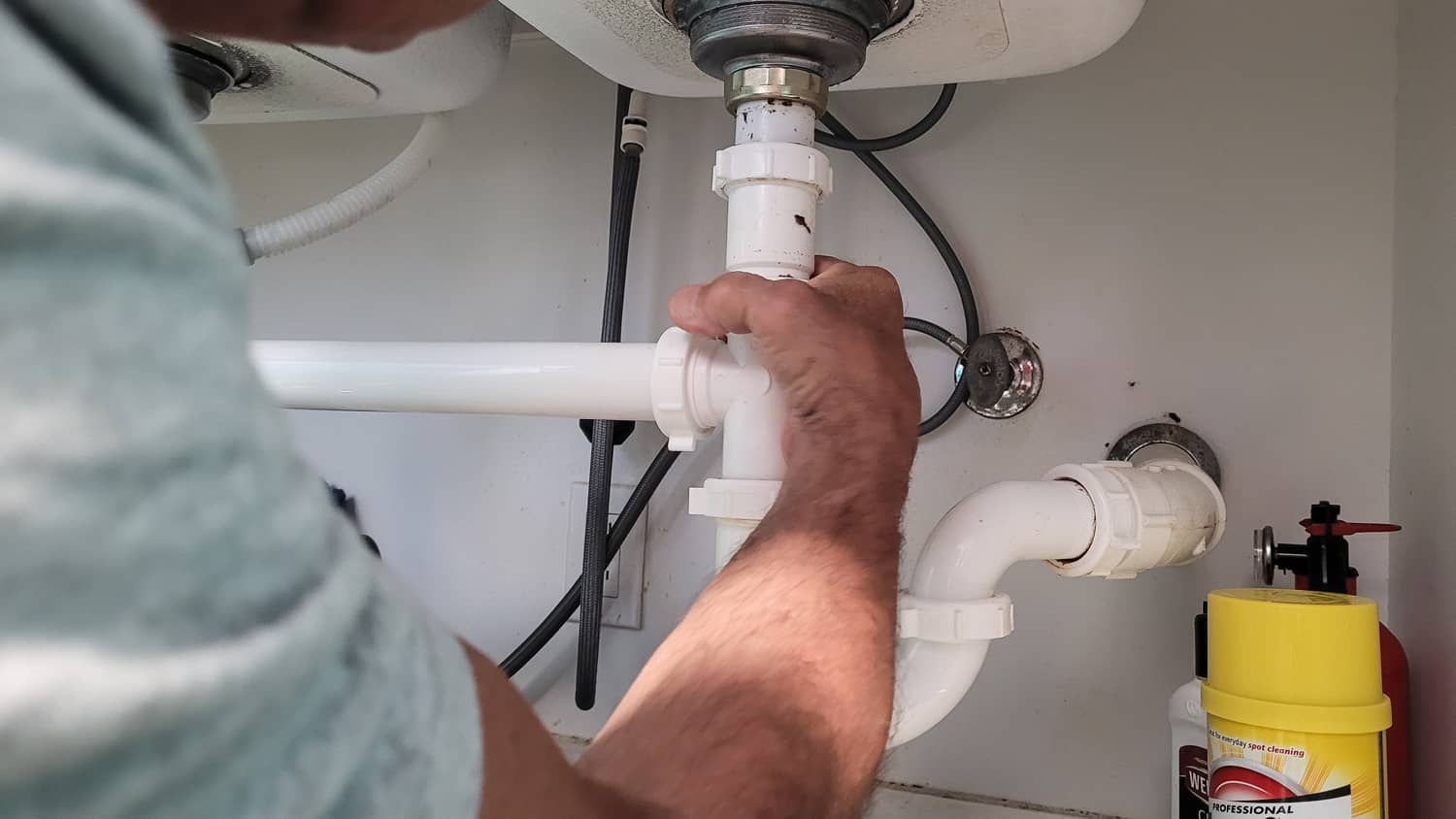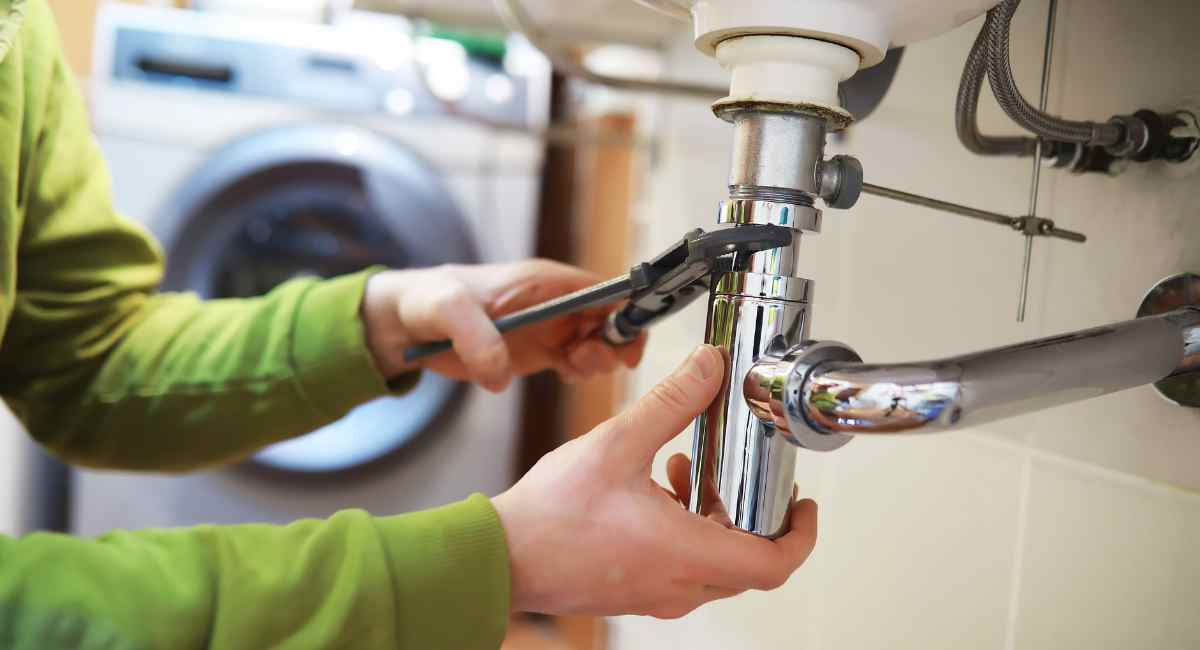Building a new home is an exciting journey filled with countless decisions. One crucial aspect that homeowners and real estate developers need to focus on is pipe insulation for new homes. Proper pipe insulation not only ensures efficient energy use but also enhances the longevity of your plumbing system. In this article, we will delve into the importance of pipe insulation and provide a detailed guide on how to effectively implement it in your new home.

Why Is Pipe Insulation Important?
Before we dive into the specifics, it is essential to understand why pipe insulation holds such significance. Insulating pipes helps in maintaining the desired temperature of the water inside, whether hot or cold. This leads to reduced energy bills as less energy is required to heat or cool the water. Moreover, it prevents condensation on cold pipes, which can lead to moisture problems in your home.
Benefits of Pipe Insulation
The benefits of pipe insulation extend beyond just energy savings. Here are some key advantages:
- Energy Efficiency: Insulating your pipes reduces heat loss, saving energy and lowering your utility bills.
- Prevention of Freezing: In colder climates, insulated pipes are less likely to freeze and burst, saving you from costly repairs.
- Condensation Control: It prevents the formation of moisture on pipes, reducing the risk of mold and mildew.
Types of Pipe Insulation Materials
There are several types of materials available for pipe insulation, each with its advantages. Let’s explore some of the most common materials:
Foam Pipe Insulation
Foam pipe insulation is widely used due to its affordability and ease of installation. It is effective in reducing heat loss and is available in various thicknesses.
Fiberglass Pipe Insulation
Fiberglass pipe insulation is suitable for high-temperature pipes. It provides excellent thermal resistance and is often used in commercial applications.
Rubber Pipe Insulation
Rubber insulation is flexible and resistant to moisture, making it ideal for outdoor applications. It can withstand extreme temperatures and is often used for air conditioning pipes.
How to Choose the Right Insulation for Your Home
Choosing the right insulation depends on several factors, including the type of pipes, climate, and budget. Here are some tips to help you make an informed decision:
- Assess Your Needs: Consider the climate and the type of pipes in your home to determine the best insulation material.
- Consult Professionals: Seek advice from plumbing experts to ensure you choose the right material for your specific needs.
- Consider the Budget: While some materials may be more expensive, they offer better insulation and longer lifespan.
Installation Process
Proper installation is crucial to maximize the benefits of pipe insulation. Follow these steps for a successful installation:
Prepare the Pipes
Before insulation, ensure pipes are clean and dry. Remove any existing insulation and repair any damages.
Measure and Cut
Measure the length of the pipes and cut the insulation material accordingly. Ensure a snug fit to prevent heat loss.
Secure the Insulation
Use adhesive tape or zip ties to secure the insulation in place. Ensure there are no gaps or overlaps.
Maintenance and Upkeep
Regular maintenance is essential to ensure the effectiveness of your pipe insulation. Inspect the insulation periodically for any signs of wear or damage and replace it as needed.
Cost Considerations
The cost of pipe insulation varies depending on the material and the size of the project. It’s essential to budget for this aspect of home construction to avoid any surprises.
For more detailed insights into the costs involved in plumbing for a new home, you can visit this plumbing cost guide.
Environmental Impact
Choosing eco-friendly insulation materials can significantly reduce your home’s carbon footprint. Consider materials that are recyclable and have a lower environmental impact.
For more information on eco-friendly plumbing solutions, you can explore this eco-friendly plumbing guide.
Common Mistakes to Avoid
When insulating pipes, avoid common pitfalls such as using the wrong material, improper installation, and neglecting maintenance. These mistakes can diminish the effectiveness of the insulation.
FAQs
Q: What is the most effective material for pipe insulation?
A: The effectiveness depends on your specific needs, but foam and fiberglass are popular choices due to their thermal resistance.
Q: Can I insulate pipes myself?
A: Yes, with the right materials and guidance, DIY insulation is possible, but consulting a professional can ensure optimal results.
Q: How often should I replace pipe insulation?
A: Regular inspections can help determine when replacement is necessary, but it typically lasts for several years.

Conclusion
Pipe insulation for new homes is a vital component of home construction that offers numerous benefits, including energy efficiency, cost savings, and extended lifespan of your plumbing system. By choosing the right materials and ensuring proper installation, you can enjoy a comfortable and sustainable living environment. For more insights on plumbing and home construction, consider visiting this water supply lines guide.
This article contains affiliate links. We may earn a commission at no extra cost to you.


